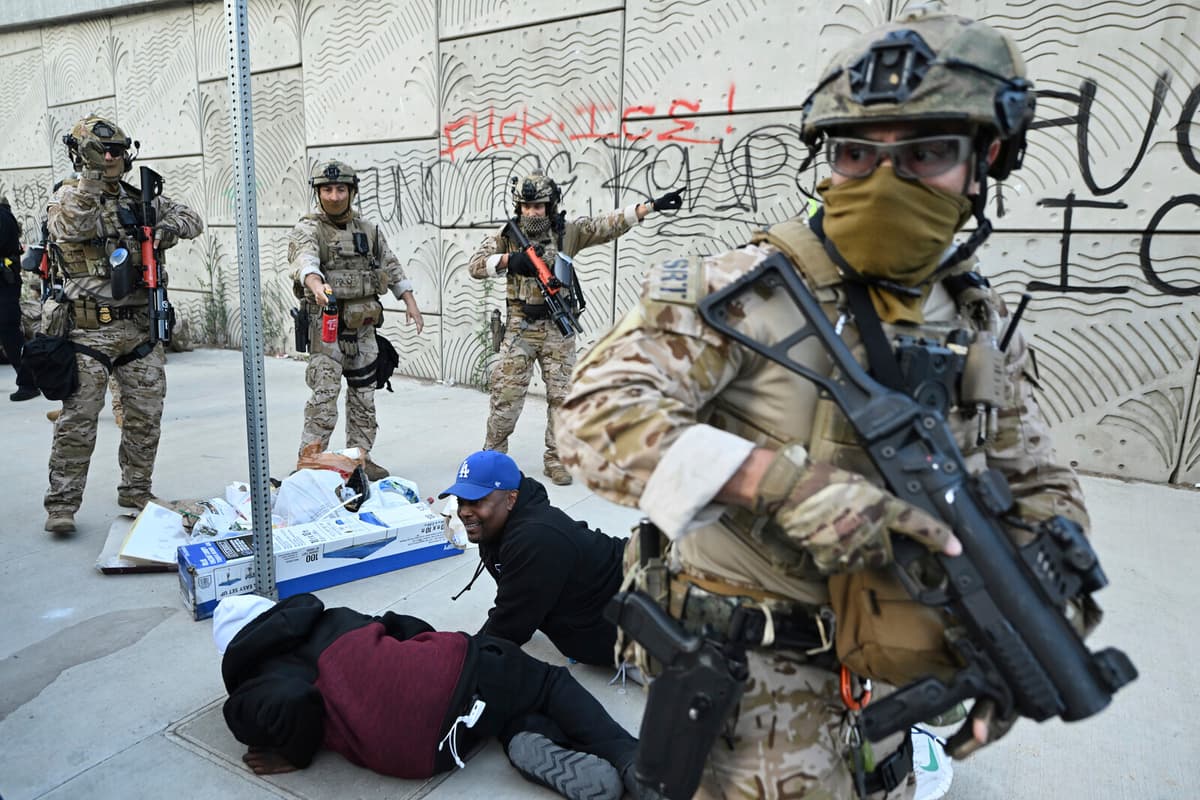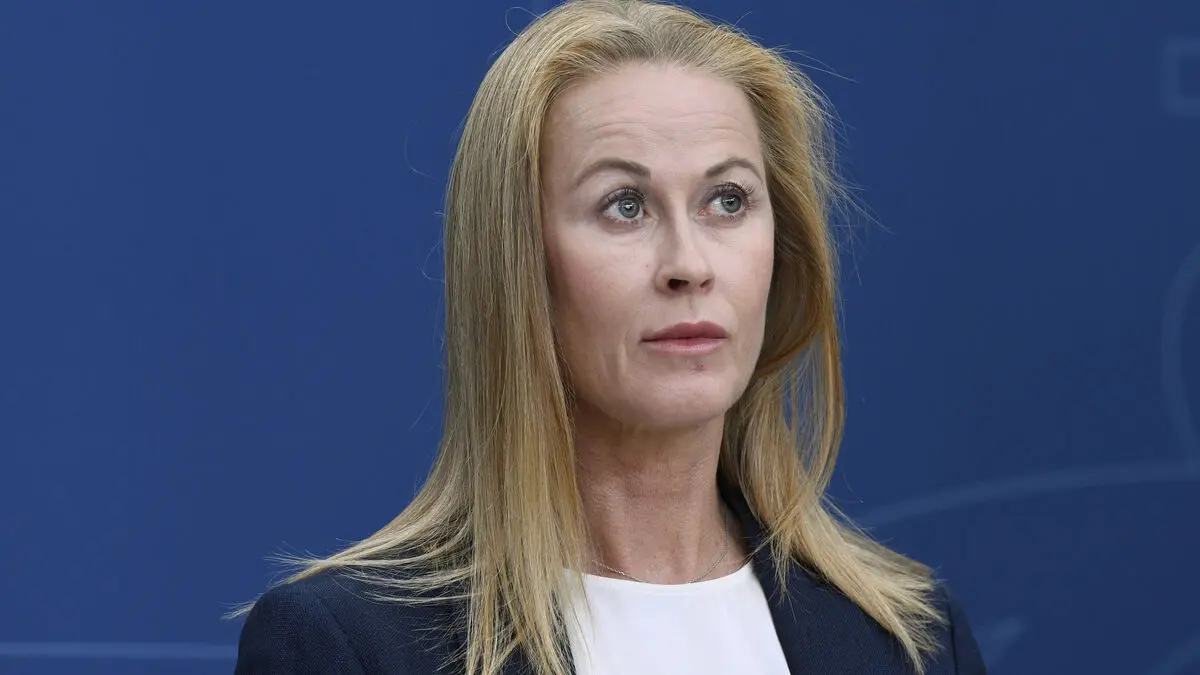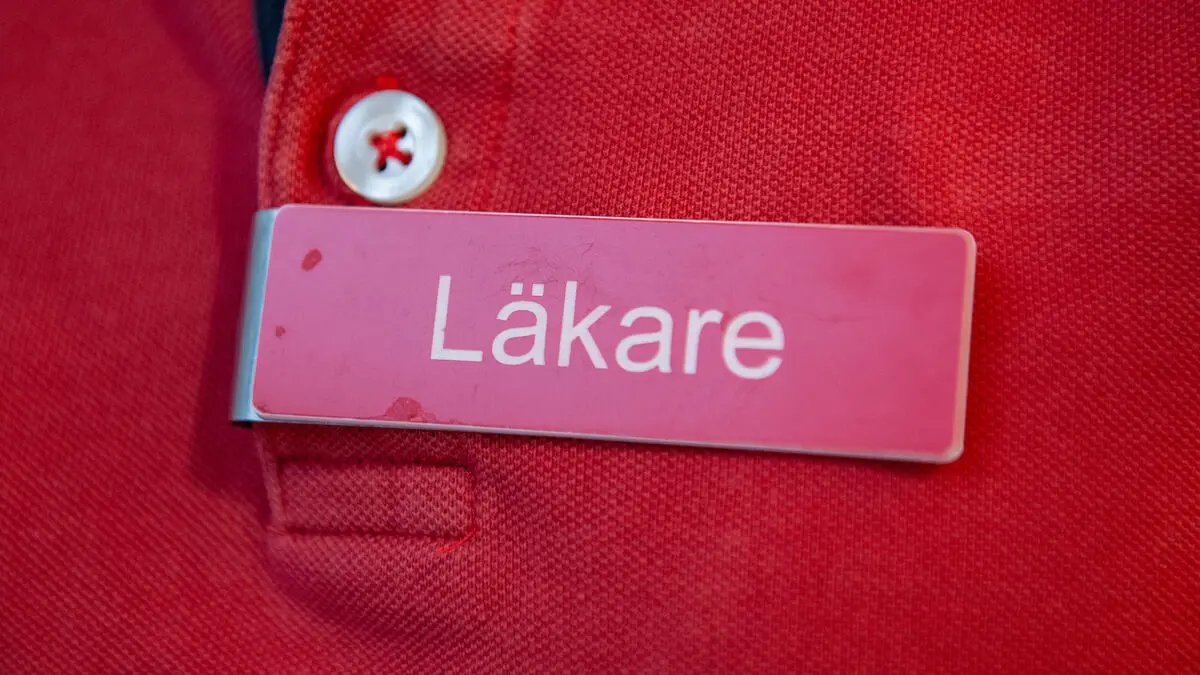”They have defied our courts, deported Americans, taken people off the streets, attacked our civil rights and undermined our welfare,” argues the organization No Kings on its website.
No Kings is born out of an activist grassroots movement that opposes Trump's politics. The organization coordinates protest actions against the US government in almost 2,000 cities and towns across the country on Saturday.
This comes after a week and a half after deportations raids in Los Angeles led to angry protests. The protests in turn prompted President Trump to send in the National Guard and threaten military interventions. Trump's decision is now the subject of legal battles over how far the president has the right to go.
Testing the limits
Since he returned to the presidency, Donald Trump has tested the legal boundaries of the office more than any predecessor, including by ignoring court decisions and issuing more than 150 executive orders.
Many orders have been blocked by the courts, but in several cases, the president has declared a state of emergency and claimed crisis powers.
At the protests in Los Angeles, where many from the Latin American community have participated and where Mexican flags have been waved, Trump has spoken of an “alien invasion” and an uprising as grounds for calling in 4,000 National Guard members and 700 Marines.
Whether the president has the right to do so is now up for legal review. California Governor Gavin Newsom, a Democrat, was pleased when a federal judge intervened and ruled on the overreach on Thursday.
He is not a king, and he should stop acting like one, Newsom said about Trump, according to LA Times.
The judge's decision has since been appealed.
In the states of Texas and Missouri, Republican governors have called in the National Guard to prevent “chaos” and “lawlessness”.
Not feeling like a king
In Los Angeles, there are expectations that up to 250,000 people will demonstrate on Saturday. Across the country, it is estimated that millions will participate.
In Washington DC, however, there will be no demonstration, as it would conflict with the extensive military parade that the president has arranged there. The parade, which coincides with Trump's birthday, is seen by the protest movement as yet another proof of the president's view of himself and his role.
On Thursday, Donald Trump dismissed allegations that he is making claims of royal power. He pointed to the opposition and the judiciary's attempts to stop him:
I don't feel like a king. I have to go through hell to get things approved.
Martin Mederyd Hårdh/TT
Facts: How the US is governed
TT
The US government is based on a system of checks and balances between the legislative, executive, and judicial branches. The idea is that the three should control each other.
The system, which is described in the US Constitution, which came into effect in 1789, has some built-in inertia: Each actor has some opportunities to review and limit the others. In the US, this is called "checks and balances" (approximately control and balance).
The president is both head of state and government and does not form a government based on the mandate distribution in Congress. The president appoints judges to the Supreme Court and is commander-in-chief of the military.
The Supreme Court can, among other things, invalidate laws passed by Congress.
Congress, which consists of the Senate and the House of Representatives, passes federal laws, decides on taxes and appropriations, and approves ministers and other high-ranking officials. It can also remove federal officials, including the president and judges, through impeachment.
Source: The US Constitution






